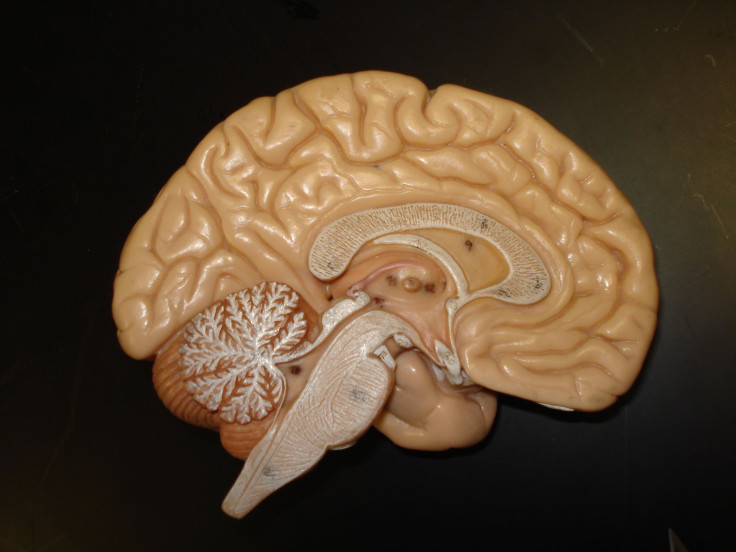Real X-Ray Vision? New Imaging Technique Creates Transparent Brain Tissue, Reveals Clues About Alzheimer's

Medical technology that allows us to examine structures of our body that aren’t normally visible has been invaluable. X-rays and MRIs are among the most commonly known and used technologies of this type, but a new method detailed in Nature Neuroscience may change the way we study brain tissue forever.
Microscopy, or the use of microscopes to examine areas that cannot be seen with the naked eye, is used to look at tissues and brain structures for a multitude of different reasons. Observing the anatomy of the brain, in particular, is a highly sensitive yet important process for understanding brain diseases and issues. In recent years, the idea of generating see-through tissue (called optical clearing) has become a goal for many researchers because of its potential to reveal complex details of our body structures when combined with advanced microscopy techniques.
Coming up with an effective optical clearing technique was difficult, however, because the process used to make tissues transparent often ended up damaging the very structures researchers hoped to study. Researcher Atsushi Miyawaki and his team have been working on a recipe for five years, and after they originally struggled with the destructiveness issue, they’ve come up with a new formula that seems to overcome this critical challenge. The method is called ScaleS, and it has already demonstrated practical applications.
“The key ingredient of our new formula is sorbitol, a common sugar alcohol,” said Miyawaki in a press release. His previous recipe was an aqueous solution based on urea that damaged tissues. Miyawaki says that combining the right proportion of sorbitol with the urea allowed the team to create transparent brains with very little tissue damage. The brains could even handle both florescent and immunohistochemical labeling techniques.
The brains can be stored in ScaleS solution for over a year with no permanent damage, and the internal structures managed to maintain their original shape. The brains are also firm enough to endure the slicing necessary for detailed analyses.
Miyawaki says he believes the quality and preservation of cellular structures with ScaleS is unparalleled. The method was shown to provide a great combination of cleared tissue and florescent signals, and the team decided to use it to generate high-resolution, multi-color 3D images of amyloid beta plaques in mice from a genetic mouse model of Alzheimer’s disease developed by a Takaomi Saido team at RIKEN BSI.
The researchers visualized the mysterious “diffuse” plaques seen in postmortem brains of Alzheimer’s patients, which are normally undetectable using traditional 2D imaging. They found that, contrary to current assumptions, the diffuse plaques were not isolated, and showed significant association with microglia — the active cells that surround and protect neurons.
"Clearing tissue with ScaleS followed by 3D microscopy has clear advantages over 2D stereology or immunohistochemistry," Miyawaki said. "Our technique will be useful not only for visualizing plaques in Alzheimer's disease, but also for examining normal neural circuits and pinpointing structural changes that characterize other brain diseases."
Source: Miyawaki A, Hama H, Hioki H, et al. ScaleS: an optical clearing palette for biological imaging. Nature Neuroscience. 2015.



























